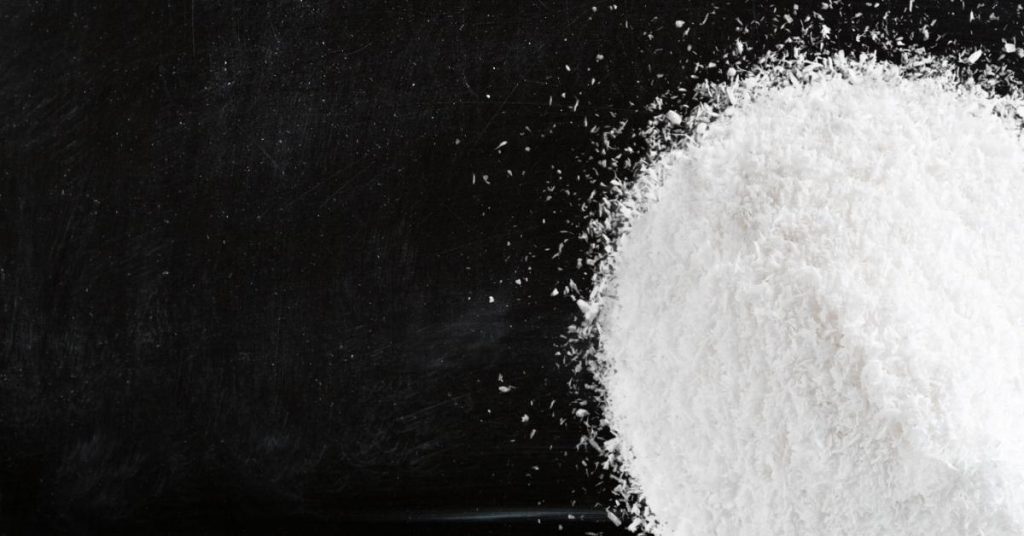Types And Processes Of Inorganic Coating Of Titanium Dioxide

In order to meet the requirements for the application performance of titanium dioxide in the actual industry, domestic and foreign scholars have carried out a large number of experimental studies on the inorganic coating of titanium dioxide. Among them, the titanium dioxide coating layer is mostly Al3+, Si4+, Zr4+, Be2+, Ti4+, Mg2+, Mn2+, Cr3+, Ce4+ and other hydrated oxides or hydroxides. In the current industrial production, Al3+, Si4+, Zr4+ are the most widely used.
Studies have shown that the application performance of titanium dioxide depends on the type of inorganic coating on its surface. The surface-coated alumina can be used to improve the dispersion stability in the aqueous system of the product, and the coated silica can be used to increase the weather resistance of titanium dioxide products. performance, the coated zirconium dioxide layer can be used to improve the light resistance of titanium dioxide. Coating a single type or multiple types of inorganic film layers on the surface of titanium dioxide can meet the application performance requirements of titanium dioxide in different application fields. According to the difference of coating composition, inorganic coating can be divided into unit inorganic coating and multi-component inorganic coating.
1. Alumina coating
Coating principle: When the surface of titanium dioxide is coated with alumina, hydrated alumina (Al2O3·nH2O) slowly forms a film on the surface of titanium dioxide particles to form a coating layer.
2. Silica coating
Coating principle: When amorphous hydrated silica is formed, sodium silicate acidifies and precipitates orthosilicic acid in the form of Si(OH)4. The solution only contains orthosilicic acid hydrolysis products H3SiO4- and H3SiO42-, and there is no metasilicon. acid ions. However, H3SiO4- and H3SiO42-monomers are extremely unstable, and the condensation and polymerization reactions proceed rapidly to generate condensed silicic acid with silicon-oxygen bonds.
3. Zirconium dioxide coating
When the titanium dioxide unit is coated with zirconium dioxide, the coating agents are mainly zirconium sulfate, zirconium tetrachloride, zirconium oxychloride and zirconium nitrate. Among them, zirconium sulfate and zirconium oxychloride have the advantages of low cost and less environmental pollution during use. , has been widely used in industry.
4. Silica-alumina composite coating
5. Zirconia-alumina composite coating
6. Ternary inorganic coating
